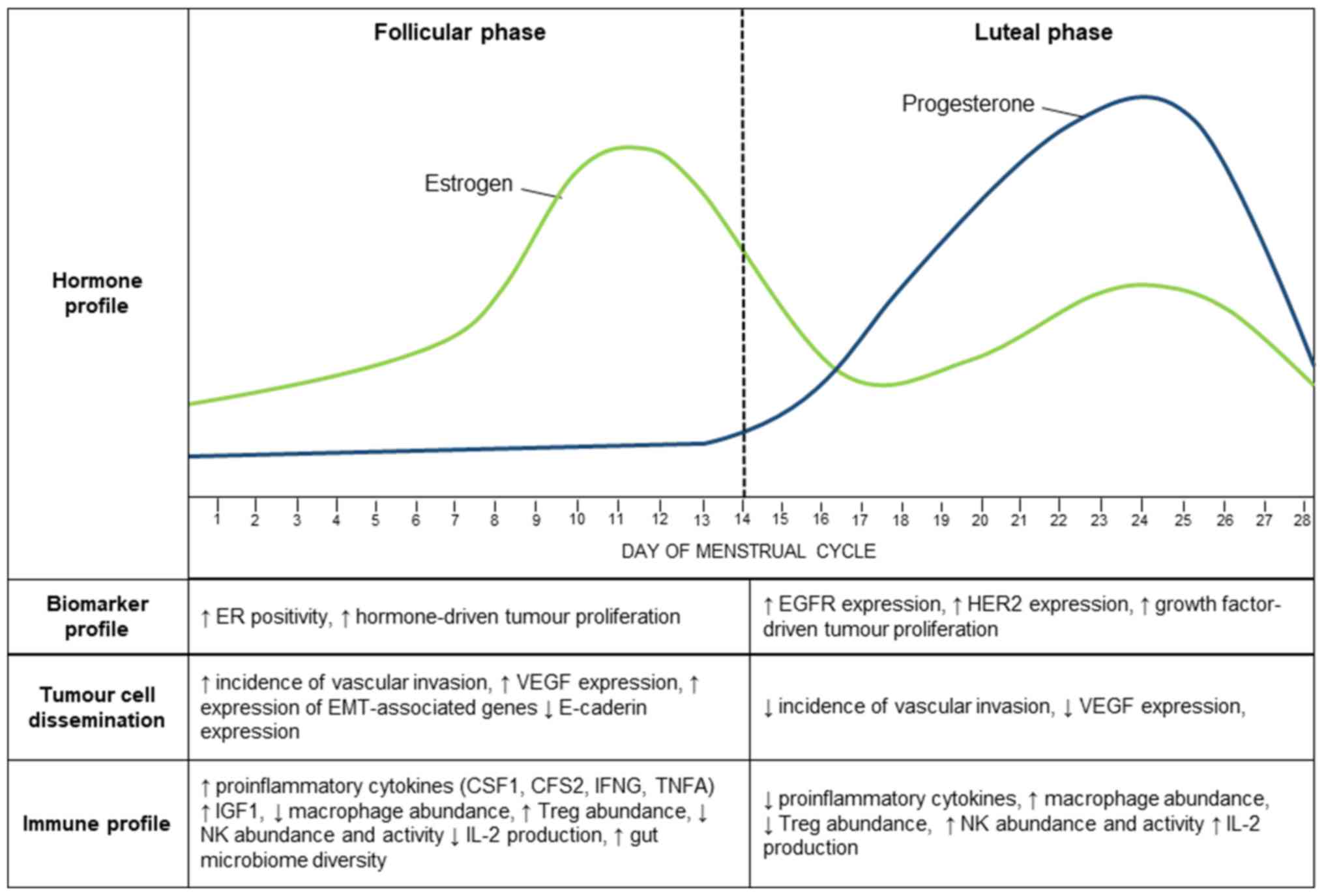

What attracted you to the project - it couldn't have been the money! It also represents a massive commitment of time, effort, and dedication well beyond any financial remuneration.

THE RABBITS represents a watershed in your work. Also a mostly pre-digital time, hence reference to fax machines! At the time I was 24, a relatively unknown, barely employed illustrator, although familiar to Australian science fiction readers due to work in small press magazines. The interviewer is Nick Stathopoulos, a long-time friend and fellow artist and illustrator based in Sydney. The following interview was originally published in Eidolon magazine in 1999, shortly after publication of the book. * RABBITING ON: A Conversation about The Rabbits

INVASION 1997 FULL PLOT SUMMARY FREE
Following translation into Spanish, the Mexican government made 30,000 copies of Los Conejos available free to schools in Mexico, a fascinating example of cross-cultural interpretation, given the pattern of colonial invasion and its detrimental effect on indigenous culture is universal: broken treaties, epidemics, war, stolen children, disenfranchisement and, sometimes, apology and reconciliation. Some of my concepts and designs inspired a section of the opening ceremony of the 2000 Sydney Olympics. It has been translated into multiple languages, adapted as an acclaimed opera by Opera Australia and Barking Gecko. In spite of this (or because of it), the book went on to win numerous awards in Australia, the US and UK, and is studied widely in secondary schools. It was named Picture Book of the Year by the Children’s Book Council of Australia in 2000, which generated some controversy due to its confronting themes, and was attacked on several occasions for being ‘politically correct propaganda’ by right wing conservatives. The parallels with a real history of colonisation in Australia and around the world are obvious, and based on detailed research, in spite of the overt surrealism of the imagery and the absence of direct references. The style of the book is deliberately sparse and strange, with both text and image conveying an overall sense of bewilderment and anxiety as native numbat-like creatures witness environmental devastation under the wheels of a strange new culture. An unseen narrator describes the coming of ‘rabbits’ in the most minimal detail, an encounter that is at first friendly and curious, but later darkens as it becomes apparent that the visitors are invaders. Meanwhile, alerted to the impending crisis, Russia-Serbia’s own mighty supporter in the Balkans-began its own initial steps towards military mobilization against Austria.The Rabbits, written by Australian author John Marsden, is a fable about colonisation, told from the viewpoint of the colonised. Though Serbia effectively accepted all of Austria’s demands except for one, the Austrian government broke diplomatic relations with the other country on July 25 and went ahead with military preparedness measures. After securing the unconditional support of its powerful ally, Germany, Austria-Hungary presented Serbia with a rigid ultimatum on July 23, 1914, demanding, among other things, that all anti-Austrian propaganda within Serbia be suppressed, and that Austria-Hungary be allowed to conduct its own investigation into the archduke’s killing. Threatened by Serbian ambition in the tumultuous Balkans region of Europe, Austria-Hungary determined that the proper response to the assassinations was to prepare for a possible military invasion of Serbia. On July 28, 1914, one month to the day after Archduke Franz Ferdinand of Austria and his wife were killed by a Serbian nationalist in Sarajevo, Austria-Hungary declares war on Serbia, effectively beginning the First World War.


 0 kommentar(er)
0 kommentar(er)
